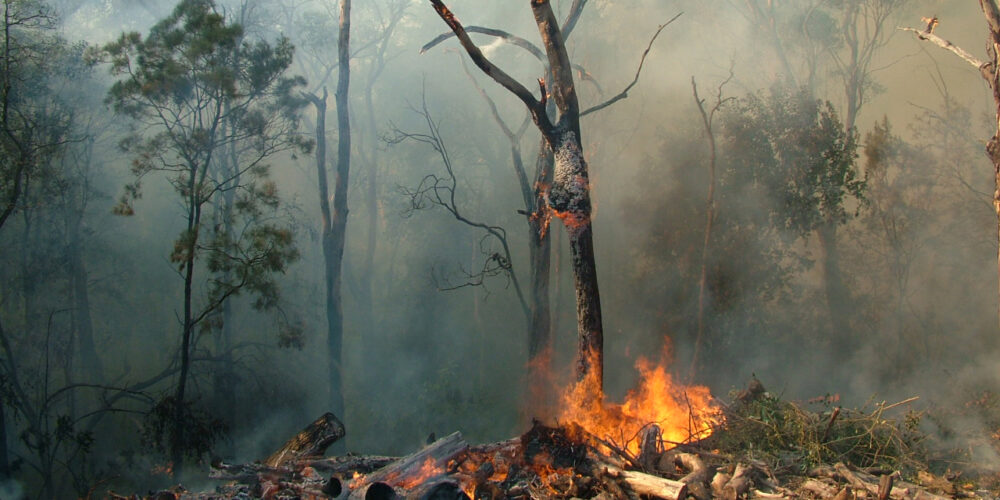It’s been brought to my attention by several reviewers of my book Extinction Event (https://www.amazon.ca/Extinction-Event-William-J-Wittur/dp/1738996611/) that it’s not #ScienceFiction, but #ClimateFiction, or #CliFi.
How so?
What is #ClimateFiction?
- It’s a relatively new field of creative writing
- Climate change is a central theme.
- The focus is the planet Earth and ALL creatures that depend on it.
- The story makes environmental science more approachable.
- The effects of climate change are described in personal terms.
- It represents a bridge between science, the humanities, and advocacy.
I did a little digging and it seems like Climate Fiction has some history, albeit recent.
Wikipedia has a relatively new page dedicated to Climate Fiction and it lists just a small handful of books that fall into this category.
The term ‘climate fiction’ is accredited to news reporter Dam Bloom (2007): “Climate fiction” has only been attested since the early 2010s, and the term has been retroactively applied to a number of works.
But maybe the topic has been around for a REALLY long time and we’ve just mislabeled certain depictions of natural phenomena?
The flood myth is central to pretty much every religion and culture in the world.
We’ve anthropomorphized the trauma associated with birth, but there have been lots of examples in history where there were physical floods and changes to our environment that made the Earth more hospitable. The end of the Ice Age (roughly 10,000 years ago) brought about global changes that brought us out of the caves and ushered in the Anthropocene Era.
So, it could be argued that many of our stories over the millennia revolve around some aspects of climate change, but recent publications (including mine) dive deeper into the central theme of how humans are misguided in their use and abuse of the planet.
Despite the doom and gloom messages of ‘Extinction Event’ (the title should say it all, right?), it’s a real pleasure to see myself lining up with these messages. I’m concerned about the Earth and we should all be worried about how we’re treating this one-in-a-trillion planets and the millions of species that depend on us making better decisions about our home.
If you pick up a copy , please let me know if you agree.
#AIwriting #AI #BestsellingFiction #DystopianFiction.
Post-script: Some other examples of Climate Fiction (#CliFi)
- The Drowned World, by J.G. Ballard (1962)
- The New Atlantis, by Ursula K. Le Guin (1975)
- Parable of the Sower, by Octavia E. Butler (1993)
- Zahrah and the Windseeker, by Nnedi Okorafor (2005)
- Stochasticity, by Tobias S. Buckell (2008)
- The Swan Book, by Alexis Wright (2013)
- The Water Knife, by Paolo Bacigalupi (2015)
- The Fifth Season, by N.K. Jemison (2015)
- Everything Change: An Anthology of Climate Fiction, Vol. 1 (2016), Vol. 2 (2018), and Vol. 3 (2021), various authors
- American War, by Omar El Akkad (2017)
- Tentacle, by Rita Indiana (2018)
- Blackfish City, by Sam J Miller (2018)
- The Overstory, by Richard Powers (2018)
- Trail of Lightning, by Rebecca Roanhorse (2018)
- ImplantedWar Girls– New Window, by Tochi Onyebuchi (2019), by Lauren C. Teffeau (2018)
- “Under the Grid,” by Andrew Dana Hudson, published in The Weight of Light: A Collection of Solar Futures (Arizona State University; 2019
- War Girls, by Tochi Onyebuchi (2019)
- McSweeney’s Issue 58: 2040 A.D., various authors (2019)
- The Ministry for the Future, by Kim Stanley Robinson (2020)
- Multispecies Cities: Solarpunk Urban Futures, edited by Sarena Ulibarri and others (2021)
